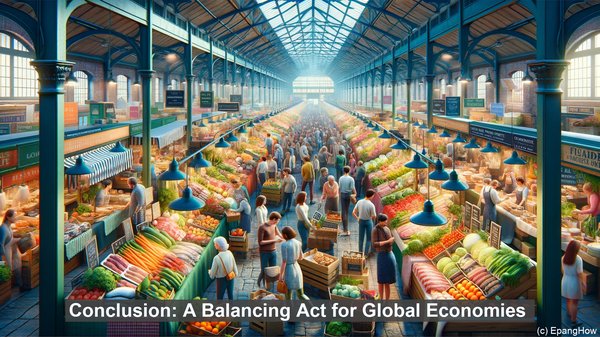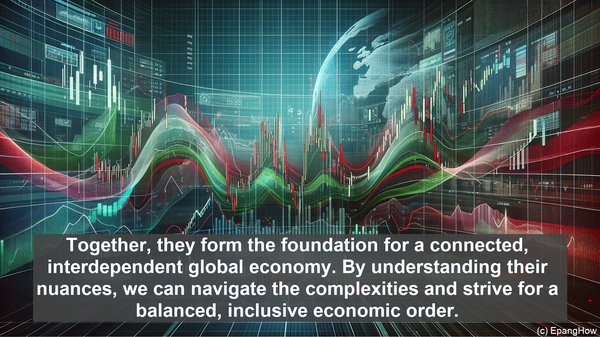Introduction: The Interplay of Trade and Economic Integration
Hello, curious minds! Today, we embark on a journey to unravel the intricacies of trade liberalization and economic integration. While both concepts revolve around international trade, they differ in their scope and implications. Let’s dive in!
Trade Liberalization: Removing Barriers, Expanding Horizons
Trade liberalization primarily focuses on reducing or eliminating barriers to trade, such as tariffs, quotas, and subsidies. The underlying principle is to foster free and fair trade, enabling countries to specialize in their comparative advantages. By doing so, it promotes efficiency, enhances consumer choices, and encourages healthy competition. Trade liberalization is often pursued through bilateral or multilateral trade agreements, such as the World Trade Organization (WTO) framework.
Economic Integration: A Deeper Level of Collaboration
Economic integration, on the other hand, goes beyond the removal of trade barriers. It involves a deeper level of collaboration, encompassing not just trade in goods but also services, investments, and even harmonization of policies. Economic integration can take various forms, ranging from preferential trade agreements (PTAs) to customs unions and ultimately, economic unions. The European Union (EU) is a prime example of an economic union, where member states share a common market, currency, and regulatory framework.

The Synergy: Trade Liberalization and Economic Integration
While trade liberalization and economic integration are distinct concepts, they often go hand in hand. Trade liberalization can serve as a stepping stone towards economic integration, as countries gradually align their trade policies and regulations. Conversely, economic integration can deepen with trade liberalization, as more barriers are dismantled. This synergy fosters regional and global economic cooperation, leading to shared prosperity and stability.

Implications and Considerations
Both trade liberalization and economic integration have far-reaching implications. On one hand, they can spur economic growth, attract investments, and create employment opportunities. On the other hand, they can also pose challenges, such as the need for regulatory harmonization, adjustment costs for certain industries, and potential trade imbalances. Hence, careful planning, stakeholder engagement, and periodic reviews are crucial to ensure the benefits outweigh the drawbacks.
